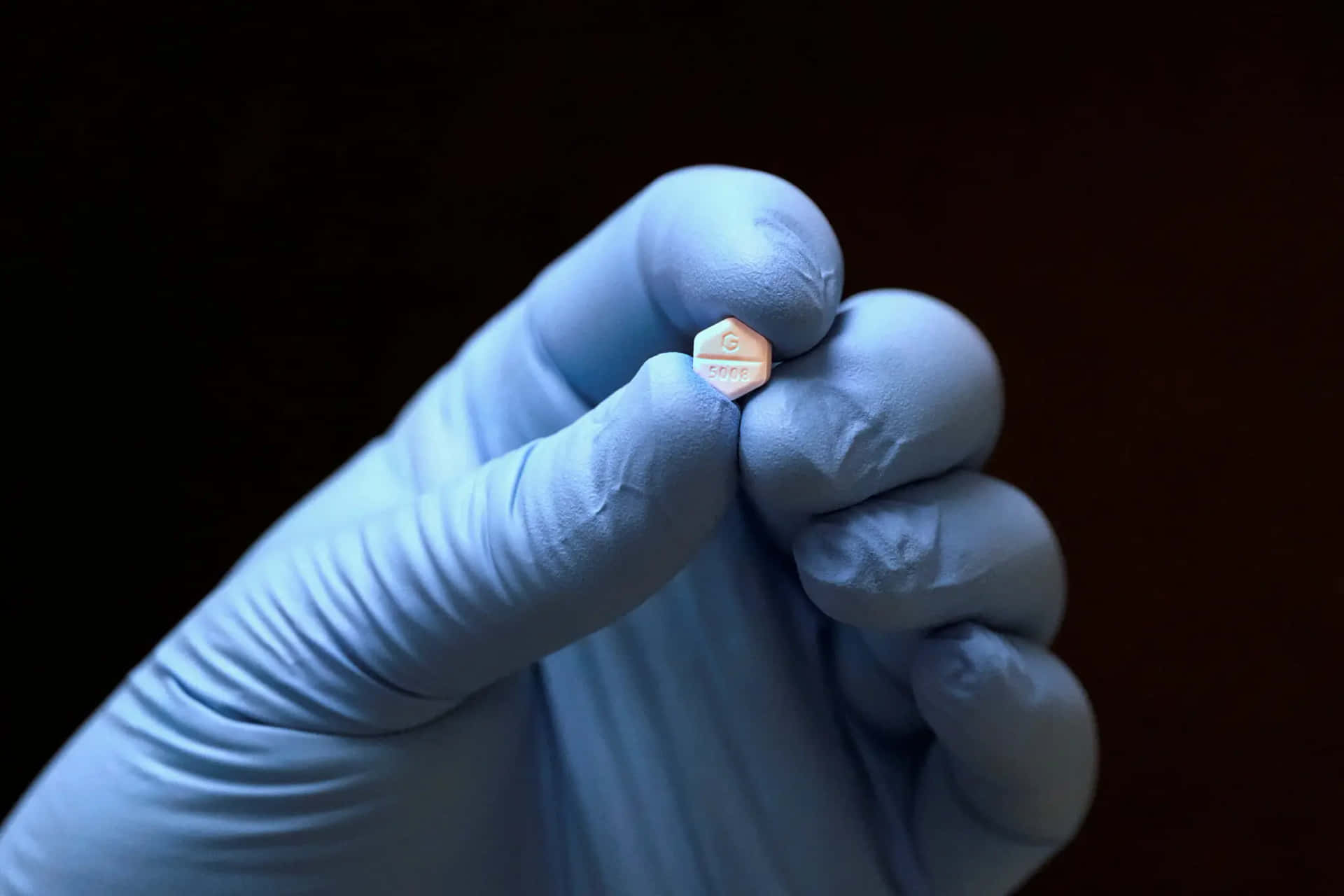Medication Abortion: What to Expect and How to Prepare
Medication-induced abortion is a type of abortion that involves using some drugs that will bring abortion. It is an abortion that is not by surgery and is feasible up to a pregnancy of ten weeks. The patient is given abortion pills like mifepristone and misoprostol in combination for medication abortion. Mifepristone affects the progesterone hormone, which is crucial in the development of the fetus while misoprostol causes contractions and expels the pregnancy. When guidelines are obeyed, a woman can terminate a pregnancy safely and securely by taking these drugs in the correct dosages and time frame, resulting in an abortion similar to a miscarriage.

What the Client Will Experience
Here is a step-by-step overview of what to expect with a medication abortion:
- First visit - You'll have an ultrasound to confirm your pregnancy's age within 63 days for medication abortion eligibility. You will undergo an Ectopic Pregnancy assessment. It may also be possible to have Bloodwork or Rh testing. You will also talk about the steps and how to maintain the result. Once you meet the requirements, take the mifepristone pill at your chosen clinic to start the process.
- The patient can take misoprostol at home 24-48 hours post-procedure or at the clinic within two days. This medication results in contraction and uterine bleeding to cause expulsion from the female reproductive organs.
When such pills are administered, an actual abortion takes place.
- The worst of the flow and contractions – Contractions may feel like bad menstrual cramps or even similar to labor. Bleeding can reach its highest level at 2-5 hours after taking misoprostol. The cramping coupled with passing out of the tissue may last for about 30 minutes or also take a few hours in some women.
- The follow-up exam – In the end, bleeding regains its initial level. It may take from 4 weeks to several months and even years. As long as they are not very big, seeing some clots is fine, though one should consult the provider if they soak more than 2 pads per hour. A post-abortion review, about a week or two after the event confirms the success of the abortion.
The Planning Process to Undergo Medication Abortion
Here are some tips that can optimize your comfort and the abortion process:
- Prepare for lochia – Get plenty of maxi pads, non-acetate painkillers, any medication that has been prescribed, water, and light foods. Think of things that make you comfortable and plan your surroundings to accommodate you during your recovery.
- If time off work/obligations is not possible, then at least leave 24-48 hours open after taking the misoprostol. The person may have varying reactions to this test but most people report, that they feel exhausted and may need time to recover. The worst cramping usually occurs between 4 or more hours of application and means one will require time at home as it gets worse. It is also crucial to arrange for assistance with children/family responsibilities if necessary, during this time.
- Be aware of the danger signs – though it is very safe to use medication for abortion it has some risks like blood clotting, infections, failed abortion, and persistence of pregnancy. E558: Know which signs warrant follow-up. The clinic will explain these detailed guidelines, as well as the on-call contacts to use in case difficulties arise.

Women opt for medication abortion or abortion pills for privacy, convenience, and less invasiveness compared to surgery. To reduce stress and feel empowered throughout the process, it is helpful to be ready for it and for the time being. For proper guidance, you can visit nearby abortion clinics like Orlando's Women's Center.
What's Your Reaction?










![Blog Submission Sites 2024 [High DA]](https://blognow.co.in/uploads/images/202306/image_100x75_6494a03eaff5e.jpg)
![Article Submission Sites 2023 [High DA & PA]](https://blognow.co.in/uploads/images/202307/image_100x75_64c4181f17036.jpg)
![Classified Submission Sites 2023 [High DA & PR]](https://blognow.co.in/uploads/images/202306/image_100x75_649dcd5260808.jpg)




![Article Submission Sites 2023 [High DA & PA]](https://blognow.co.in/uploads/images/202307/image_750x415_64c4181f08ed5.jpg)
![Classified Submission Sites 2023 [High DA & PR]](https://blognow.co.in/uploads/images/202306/image_750x415_649dcd5247eeb.jpg)
![Blog Submission Sites 2024 [High DA]](https://blognow.co.in/uploads/images/202306/image_750x415_6494a03e96bfa.jpg)
